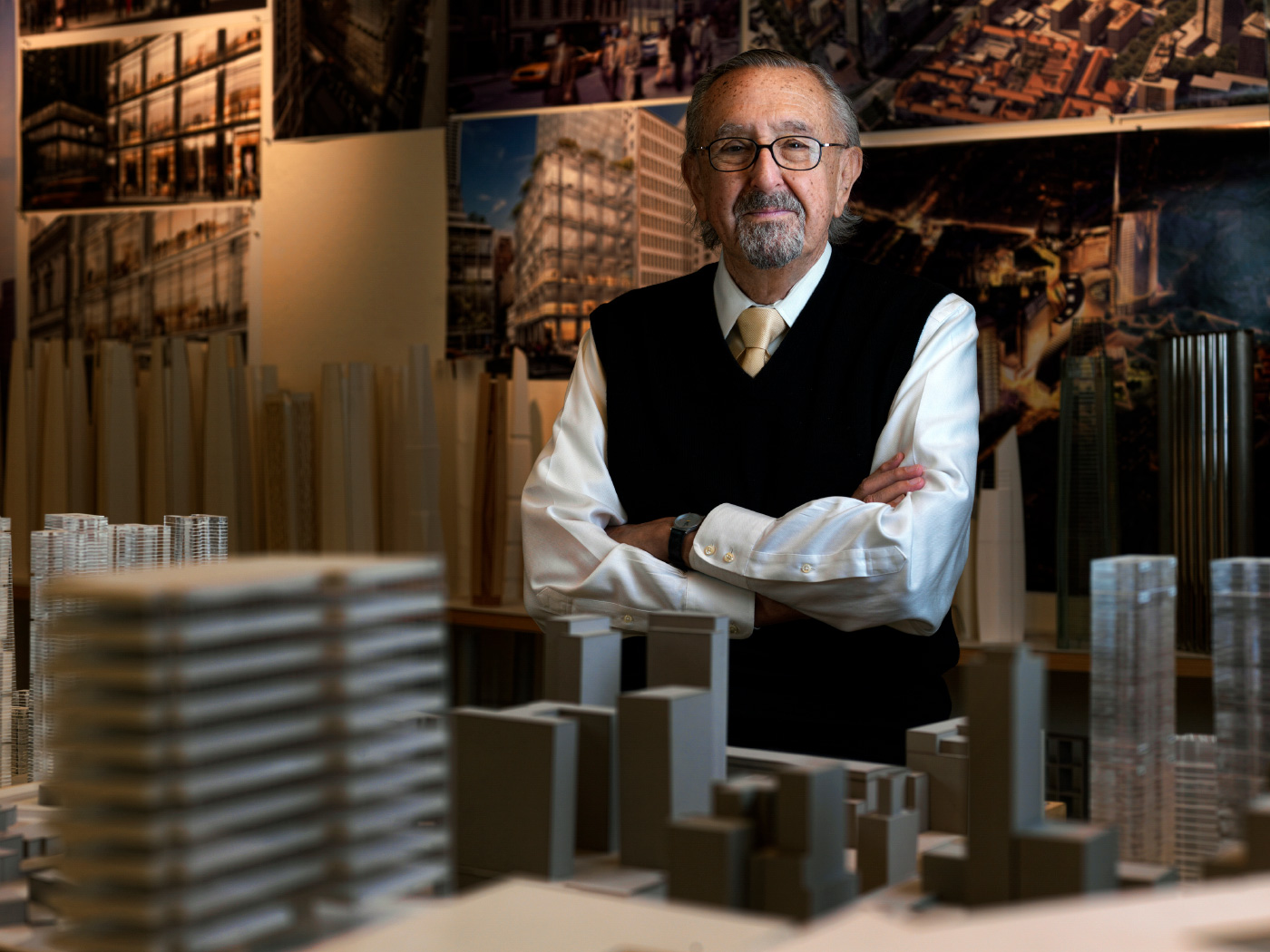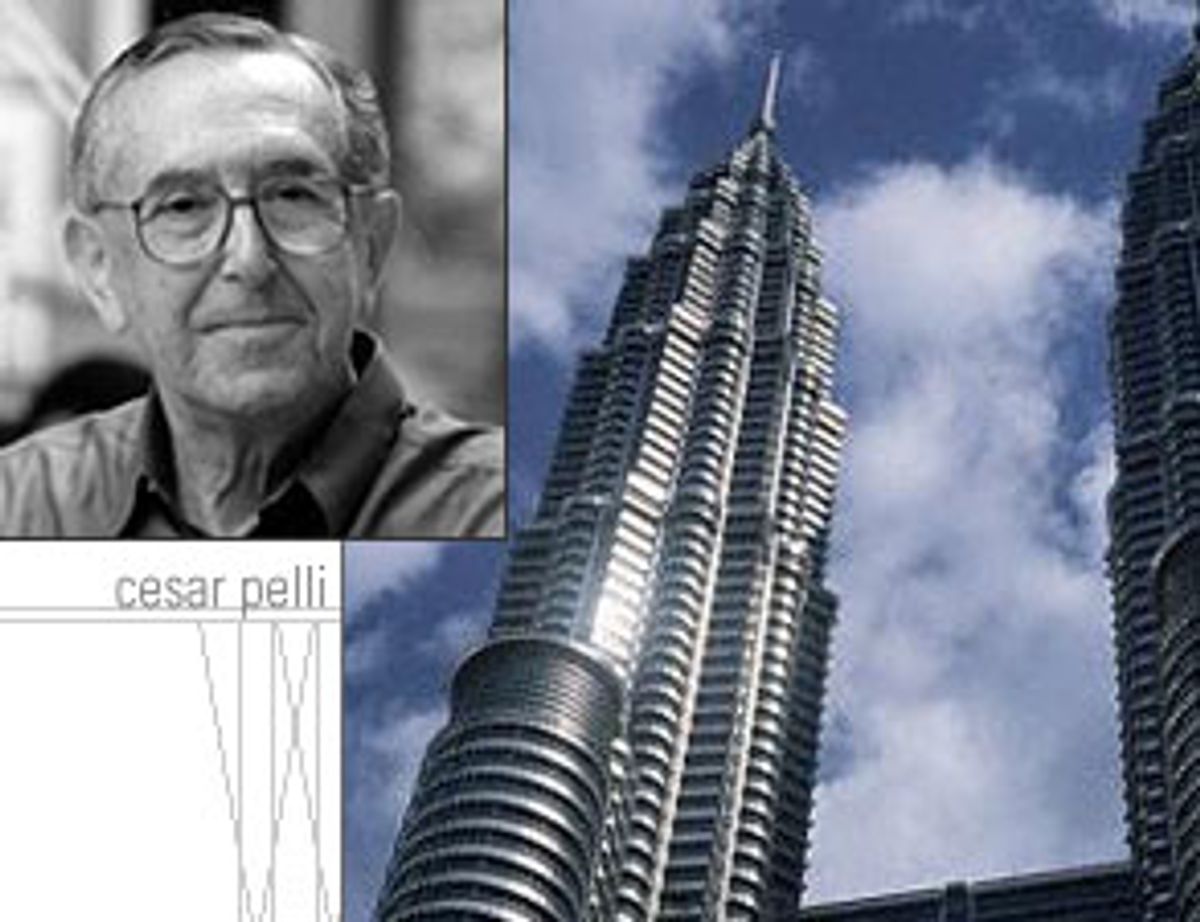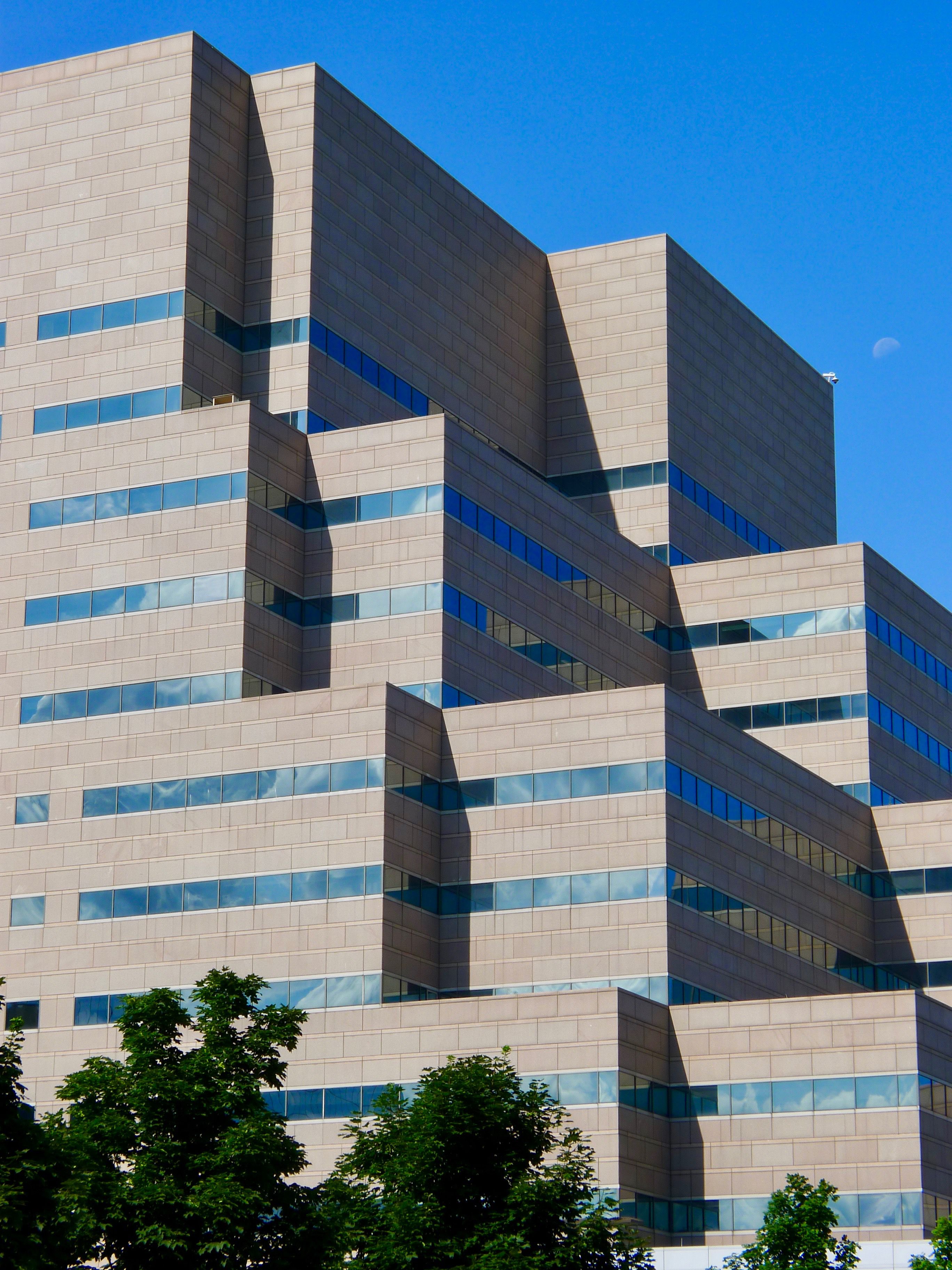
Cesar Pelli was far more than merely an architect; he was a true visionary whose innovative designs transformed city skylines and redefined the essence of modern architecture. Born on October 12, 1926, in the quaint town of San Miguel de Tucumán, Argentina, Pelli’s remarkable journey from his humble beginnings to becoming one of the most celebrated architects of the 20th century is a testament to his extraordinary talent and determination. Throughout his illustrious career, he created iconic structures that not only enhanced urban landscapes but also reflected the cultural and social dynamics of their environments. His work, characterized by a unique blend of functionality and aesthetic appeal, has left an indelible mark on the architectural world, inspiring countless architects and designers to push the boundaries of creativity and innovation. Pelli’s legacy continues to resonate, reminding us of the profound impact that thoughtful design can have on our cities and lives.
Early Life and Education
/cdn.vox-cdn.com/uploads/chorus_asset/file/18325970/shutterstock_236465974.jpg)
From Argentina to the United States
Born in Argentina, Pelli’s fascination with architecture ignited during his formative years. He dedicated himself to his studies and ultimately earned his bachelor’s degree in architecture from the esteemed National University of Tucumán. Driven by ambition and a desire to broaden his horizons, he made the bold decision to relocate to the United States. This pivotal move allowed him to further his education, and he enrolled at the University of Illinois at Urbana-Champaign, where he pursued a master’s degree in architecture. His hard work and determination paid off when he graduated in 1954, setting the stage for an illustrious career in the field.
First Steps in the Architectural World
Pelli’s professional journey began at the renowned firm of Eero Saarinen and Associates, a place that would prove to be instrumental in shaping his architectural vision. During his time there, he had the incredible opportunity to work on several landmark projects, including the iconic Trans World Airlines Terminal at John F. Kennedy International Airport in New York City. Imagine the thrill of being involved in such a significant and groundbreaking project right at the outset of your career! This experience not only honed his skills but also laid the foundation for his future endeavors in the world of architecture.
Career Milestones

Design Director and Innovator
Between the years 1964 and 1977, renowned architect Cesar Pelli held pivotal roles at two prominent architectural firms: **Daniel, Mann, Johnson, & Mendenhall** and **Gruen Associates**, both based in Los Angeles. During this formative period, he meticulously refined his architectural approach, particularly in the innovative use of **glass skins** for buildings. This technique not only became a defining characteristic of his work but also transformed the way structures interacted with light and their surroundings. Pelli’s designs transcended mere functionality; they emerged as **lightweight**, **translucent** forms that resembled exquisite art pieces, captivating onlookers and redefining urban landscapes.
Becoming a Dean
In 1977, Pelli embarked on a new chapter in his career by accepting the prestigious position of **dean** at the **School of Architecture at Yale University**. This role provided him with a unique platform to shape and inspire the architects of tomorrow, sharing his wealth of knowledge and innovative ideas. Simultaneously, he established his own architectural practice, **Cesar Pelli and Associates**, which later evolved into the renowned firm **Pelli Clarke Pelli**. Through this dual commitment to education and practice, Pelli not only left an indelible mark on the architectural community but also fostered a legacy of creativity and excellence that continues to influence the field today.
Signature Style and Innovations

The Evolution of Pelli’s Work
By the mid-1990s, the architectural style of renowned architect César Pelli underwent a significant transformation, evolving into what many observers characterized as **almost tentlike** structures. This innovative approach to design was marked by the frequent use of **glass** and **thin stone veneers**, which not only enhanced the aesthetic appeal of his buildings but also created a striking visual effect that captivated onlookers. Pelli’s ability to craft structures that appeared to float effortlessly above their surroundings is a testament to his mastery of architectural principles and his keen understanding of light and space. Have you ever encountered a building that seems to defy gravity? That’s the enchanting allure of Pelli’s designs, where form and function harmoniously coexist.
Notable Projects
Now, let’s delve into some of César Pelli’s most celebrated works that have left an indelible mark on the architectural landscape:
| Project | Location | Year Completed |
|---|---|---|
| Pacific Design Center | Los Angeles, CA | 1975 |
| U.S. Embassy | Tokyo, Japan | 1976 |
| Museum of Modern Art Expansion | New York City, NY | 2004 |
| Petronas Twin Towers | Kuala Lumpur, Malaysia | 1998 |
| Connecticut Science Center | Hartford, CT | 2009 |
Recognition and Awards

A Legacy of Excellence
Pelli’s contributions to architecture did not go unnoticed. He received over **80 awards** for design excellence, including the **American Institute of Architects’ Gold Medal** in 1995. This prestigious honor is a testament to his innovative spirit and dedication to the craft.
Aga Khan Award for Architecture
In 2004, Pelli was awarded the **Aga Khan Award for Architecture** for his design of the **Petronas Twin Towers**. This award recognizes projects that address the needs of societies where Muslims have a significant presence. It’s a remarkable achievement that highlights Pelli’s global impact.
Philosophy and Approach

Architectural Sensitivity
Critics often described Pelli’s work as **poetic** and **fresh**. His designs were not just about aesthetics; they were about **sensitivity to site** and **innovative solutions** to architectural challenges. He believed that architecture should resonate with its environment and the people who inhabit it.
Lectures and Publications
Throughout his career, Pelli shared his knowledge through extensive **lectures** and **publications**. He was passionate about educating others and believed that sharing ideas was crucial for the evolution of architecture.
Final Years and Legacy

Continued Influence
Even in his later years, Pelli remained active in the architectural community. His last major project, the **Connecticut Science Center**, was completed in 2009, showcasing his enduring creativity and commitment to innovation.
A Lasting Impact
Cesar Pelli passed away on July 19, 2019, but his legacy lives on. His buildings continue to inspire architects and enthusiasts alike. When you look at a skyline, remember that behind those stunning structures is a story of passion, dedication, and a unique vision.

Cesar Pelli was more than just an architect; he was a **pioneer** who changed the way we perceive modern architecture. His innovative designs and commitment to excellence have left an indelible mark on the world. So, the next time you admire a beautifully designed building, think of Pelli and the legacy he created. Isn’t it fascinating how one person can shape the world around us?

